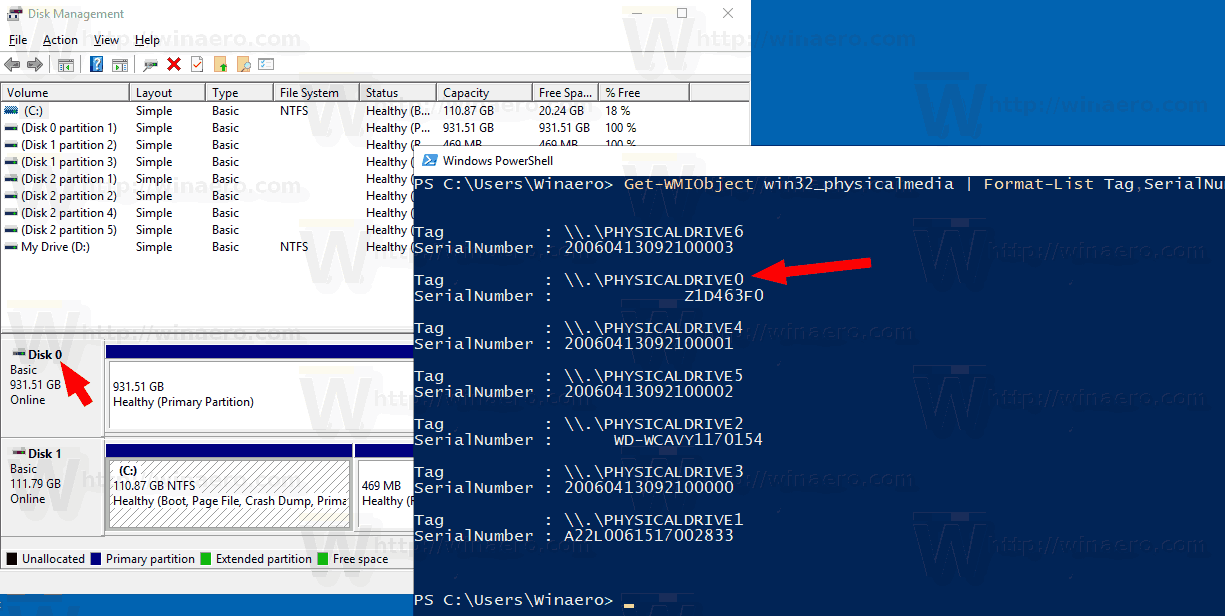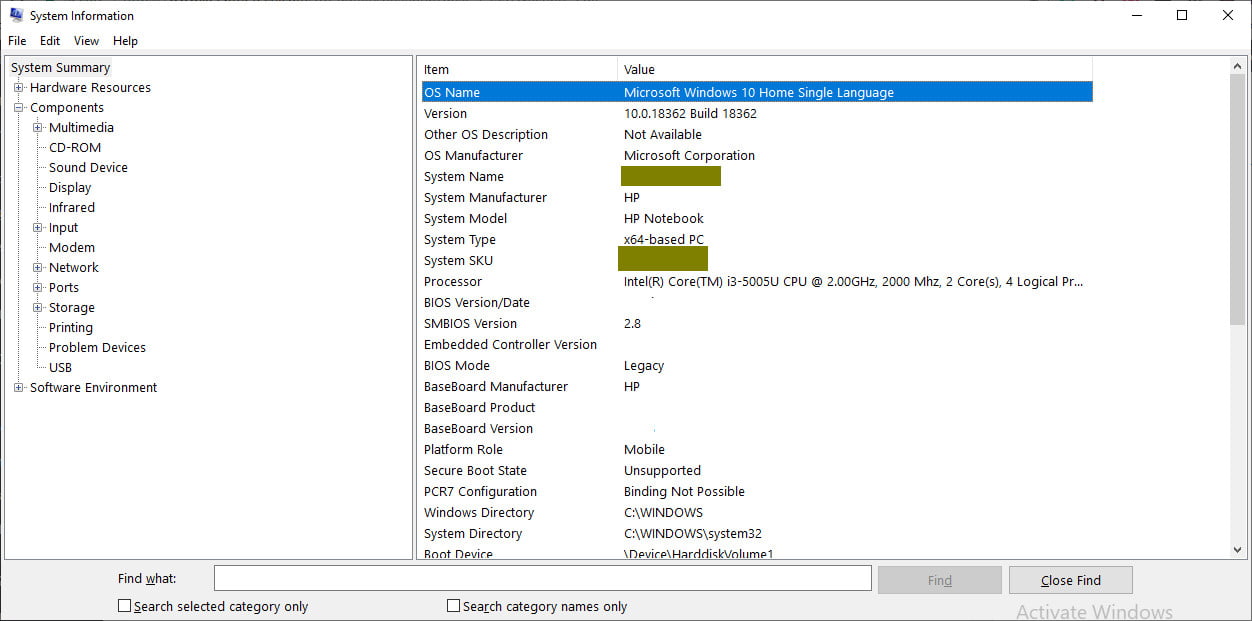

Examples include reporting the 95th percentile of recent request latencies, or the current hit or miss ratio of a cache. It can also be used to report custom statistics that can be computed on demand by an application.
#HOW TO GET CORE COUNT IN WINDOWS FREE#
A PollingCounter can be used to query a metric from an external source, for example getting the current free bytes on a disk. With each time interval, the user provided callback function is invoked and the return value is used as the counter value. The PollingCounter uses a callback to determine the value that is reported. The IncrementingEventCounter is useful to measure how frequently an action is occurring, such as the number of requests processed per second. The dotnet-counters tool will display the rate as the recorded total / time. For example, if Increment() is called three times during one interval with values 1, 2, and 5, then the running total of 8 will be reported as the counter value for this interval.

The IncrementingEventCounter.Increment method adds to the total. The IncrementingEventCounter records a running total for each time interval. Common usage may include monitoring the average size in bytes of recent IO operations, or the average monetary value of a set of financial transactions. The EventCounter is useful to describe a discrete set of operations. The dotnet-counters tool will always display the mean value.

With each interval, a statistical summary for the set is computed, such as the min, max, and mean. The EventCounter.WriteMetric method adds a new value to the set. The EventCounter records a set of values. The implementations of a counter determine what APIs and calculations are used to produce the value each interval. At the end of each interval a value is transmitted to the listener for each counter. The counters are represented by the following implementations:Īn event listener specifies how long measurement intervals are.

Polling counters retrieve their value via a callback, and non-polling counters have their values directly set on the counter instance. Within each of these categories of counters, there are two types of counters that vary by how they get their value. Other counters are "snapshot" values, such as heap usage, CPU usage, and working set size. Some counters are for "rate" values, such as total number of exceptions, total number of GCs, and total number of requests. There are two primary categories of EventCounters. This article focuses on the cross-platform capabilities of EventCounters, and intentionally excludes PerfView and ETW (Event Tracing for Windows) - although both can be used with EventCounters. Like all other events on an EventSource, they can be consumed both in-proc and out-of-proc via EventListener and EventPipe. NETĮventCounters live as a part of an EventSource, and are automatically pushed to listener tools on a regular basis. Learn more about them in well-known EventCounters in. EventCounters can be used to track various metrics. NET runtime, you may choose to implement your own EventCounters. Apart from the EventCounters that are provided by the. NET libraries publish basic diagnostics information using EventCounters starting in.
#HOW TO GET CORE COUNT IN WINDOWS HOW TO#
In this article, you'll learn what EventCounters are, how to implement them, and how to consume them. EventCounters were added as a cross-platform alternative to the "performance counters" of. NET APIs used for lightweight, cross-platform, and near real-time performance metric collection. NET Core 3.0 SDK and later versionsĮventCounters are.


 0 kommentar(er)
0 kommentar(er)
